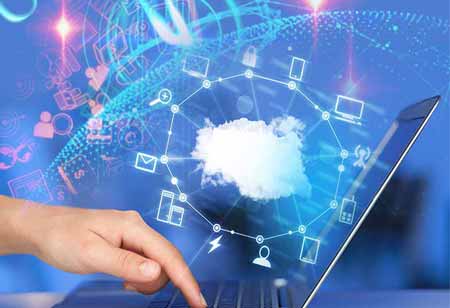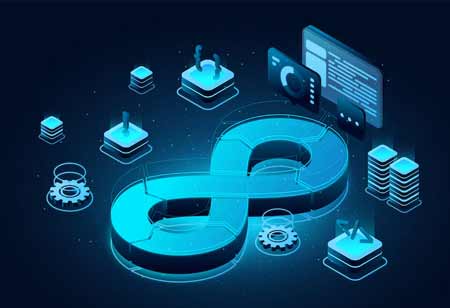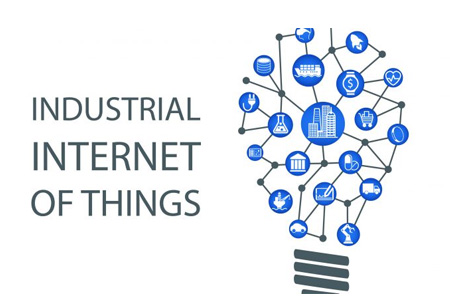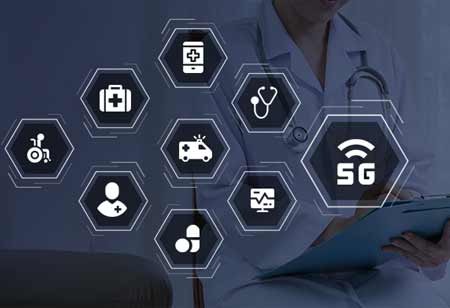THANK YOU FOR SUBSCRIBING
Smart Restroom Technology: The Most Awaited Addition to the Smart Building Features
When it comes to smart restroom technology, facility managers have the chance to achieve performance improvements that will benefit their entire building management ecosystem.

By
Apac CIOOutlook | Wednesday, January 12, 2022
Stay ahead of the industry with exclusive feature stories on the top companies, expert insights and the latest news delivered straight to your inbox. Subscribe today.
Facility managers may now reliably meet the cleaning and hygiene goals that have a measurable impact on tenant happiness and sustainability thanks to the evolution of intelligent restroom technology.
Fremont, CA: When it comes to smart restroom technology, facility managers have the chance to achieve performance improvements that will benefit their entire building management ecosystem. Here are five reasons why clever facility managers are becoming more technologically aware when it comes to restrooms:
Traffic
Restrooms are one of the most heavily used but underappreciated aspects of any building. On average, people use the restroom three to four times per day, contacting a variety of widely used surfaces. As a result, public restrooms are a hotbed for viral transmission. While commercial buildings feature lobbies and cafeterias with high traffic, toilets do not have a regular presence of front desk or security employees to monitor and address issues. The days of commercial restroom attendants are long gone.
Excessive Spending
Because cleaning staff replaces soap and paper dispensers too fast, standard restroom servicing practices sometimes result in costly waste. Custodians are concerned about soap cartridges, paper towel rolls, and toilet paper rolls running out between their pre-scheduled servicing appointments. New consumables are frequently dumped rather than risking run-outs, resulting in a significant waste of total purchased consumables.
In addition to having a major financial impact, this practice can also have long-term consequences. Therefore, any chance to gain improvements through smart restroom management should be explored, whether it's to reduce waste or maximize ROI.
Cleaning Procedures for Commercial Buildings that are Static and Outdated
We've all seen the clipboard slip behind the door in public restrooms to keep track of cleaning schedules. This time-based cleaning procedure is standard, ignoring service possibilities between visits. With people returning to work, facility managers and building service providers rethink how cleaning is done, moving away from standard timetables and toward activity- and need-based execution.
Hygiene
You can't have a healthy facility if the restrooms aren't clean and sanitary. According to a recent survey, about three-quarters of consumers (74 percent) believe that if the restroom isn't clean, the remainder of the facility isn't being cleaned adequately. If restrooms are cleaned on a timetable rather than by use, hygiene may be compromised because germs and bacteria might accumulate between cleaning visits. Furthermore, toilet circumstances can vary when there is a sudden spike in traffic, such as after meetings or lunch. Therefore, facility managers must swiftly react and account for unforeseen restroom servicing needs due to this unplanned necessity.
Technology for Smart Restrooms
It is no longer a mystery task to convert regular restrooms into smart restrooms. Many business locations, including office buildings, healthcare, malls, airports, and manufacturing facilities, have tested, installed, and successfully used smart, connected software.
The use of smart restroom sensors and mobile device integration makes implementing smart restroom technology simple and painless. The time has come to enhance restroom management. And now is the time to start thinking about restrooms.
See Also : Smart Building solutions companies





